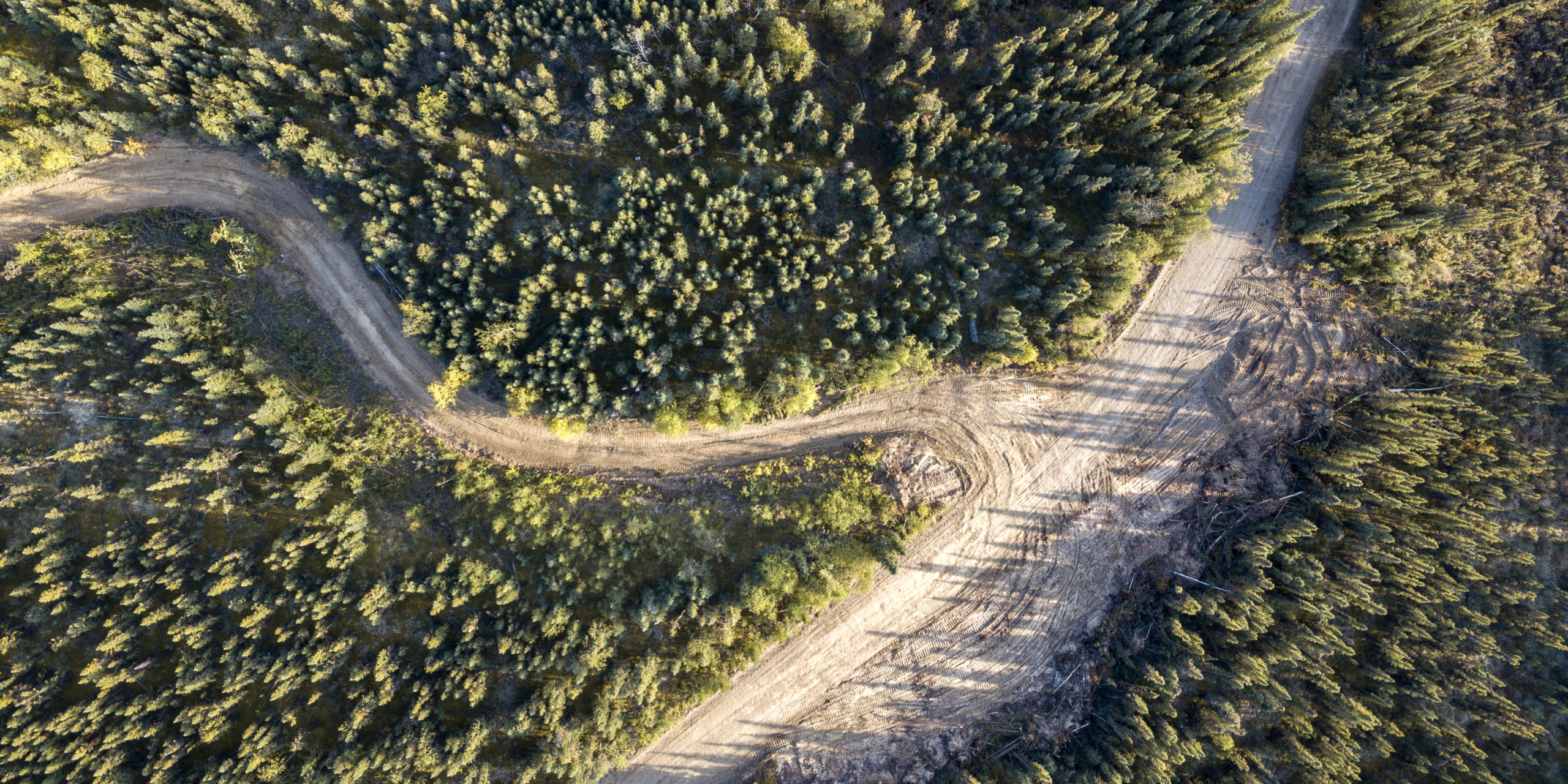
Eroding the Yukon’s wild character
People have complicated feelings about roads. On one hand, roads help Yukoners explore forests, lakes, rivers and mountains. On the other, we value the remoteness of places far removed from the rumble of engines. Lucky travellers might glimpse a lynx slipping across a highway, but we also see the carcassess of porcupines and songbirds along the shoulder. Roads bring many services to human societies, but are also a driving factor behind the biodiversity crisis. Roads have been called a “sleeping giant” in the understanding of humankind’s impact on the planet.
The Yukon is fortunate to still have a wealth of roadless areas—where wolves and grizzly bears can still roam freely. These are lands engraved by creeks and caribou trails, not exploration roads and seismic lines. Large, intact landscapes are essential for sustaining healthy wildlife populations, and strengthening the resilience of ecosystems in the face of the climate emergency.
A new push for road development is happening in the Yukon. These roads wouldn’t connect communities or people. Instead they would serve the needs of resource extraction companies. Resource roads would open the territory’s wild spaces to cascades of new development.
We have the right tools to make thoughtful decisions about resource road developments. The problem is that the tools are being used out of order. Land use planning is designed to lay out a broad vision for the land, and can settle the big questions around roads and other developments. However, in most of the Yukon, planning isn’t finished yet—or hasn’t even begun. Without guidance from land use plans, the territory’s environmental review process can’t adequately address the far-reaching implications of resource roads. Road after road could be approved, with little consideration for cumulative impacts. Spiderwebs of roads could slowly erode the Yukon’s wild character.
Here are a few key recommendations:
● Roads that would make the ‘first cut’ into roadless areas should be treated cautiously, especially roads proposed in areas of high ecological and cultural significance.
● Decisions about where roads are and aren’t acceptable should be made through land use planning, and in conjunction with Yukon First Nations.
● Road proponents should fund independent baseline data collection, so that YESAB can have solid information on ecological and cultural values as it reviews road proposals.
● The Yukon government should require companies to post sufficient financial security to cover the costs of resource road reclamation. Reclamation outcomes should be time-bound, and well-defined in advance of road construction.
● The scope of YESAB reviews should be expanded to better address cumulative impacts and induced developments associated with resource roads.
